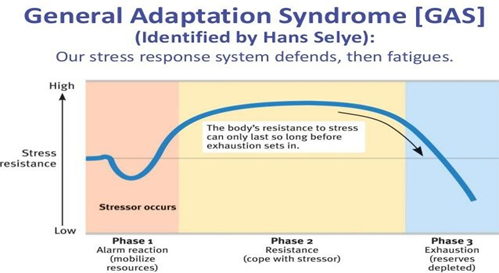The nurse is completing a cardiac assessment on a client. The pulmonic valve would best be assessed by auscultating at the:
second intercostal space, left sternal border.
third intercostal space, left sternal border.
second intercostal space, right sternal border
fourth intercostal space, left sternal border.
The Correct Answer is A
A. The pulmonic valve is best auscultated at the second intercostal space (ICS) on the left sternal border. This is where the area corresponding to the pulmonic valve is most accurately heard due to the anatomical positioning of the heart.

B. This area does not correspond to any valvular area.
C. This location corresponds to the aortic valve, not the pulmonic valve. The aortic valve is best auscultated at the second ICS, right sternal border.
D. This location corresponds to the tricuspid valve, not the pulmonic valve. The tricuspid valve is best auscultated at the fourth or fifth ICS along the left sternal border.
Nursing Test Bank
Naxlex Comprehensive Predictor Exams
Related Questions
Correct Answer is C
Explanation
C. If the stressor persists for a prolonged period and the body is unable to adapt or cope effectively, it enters the exhaustion phase. During this phase, the body's resources become depleted. The client experiences decreased energy, reduced ability to cope with stress, and may develop stress-related illnesses or complications.

A. It is characterized by the body's immediate response to a stressor, where physiological changes occur such as increased heart rate, heightened senses, and activation of the fight-or-flight response.
B. After the initial alarm reaction, if the stressor persists, the body enters the resistance phase. In this phase, physiological changes stabilize as the body attempts to cope with the stressor.
D. This phase occurs if the stressor is removed or successfully managed, allowing the body to recover and return to a state of homeostasis. During recovery, the body repairs any damage caused by the stress response and replenishes its energy and resources.
Correct Answer is D
Explanation
D. When clients perceive that the knowledge or information being presented is beneficial to their health outcomes, they are more likely to be motivated to learn. Understanding how the knowledge can improve their health, manage their condition, or prevent complications provides intrinsic motivation to engage in learning activities.
A. While health literacy is important for understanding health information, having a high level of health literacy alone does not guarantee motivation to learn. Motivation to learn is more about personal engagement and perceived relevance of the information to one's own health and well-being.
B. While this may provide motivation for compliance with treatment plans or learning specific self-care tasks required for discharge, it does not necessarily translate to a strong motivation to learn beyond immediate needs related to discharge.
C. Formal education may contribute to overall cognitive abilities and learning skills, but it does not automatically translate into motivation to learn in a healthcare context. Motivation to learn is more about personal interest, perceived relevance, and understanding the benefits of acquiring new knowledge.
Whether you are a student looking to ace your exams or a practicing nurse seeking to enhance your expertise , our nursing education contents will empower you with the confidence and competence to make a difference in the lives of patients and become a respected leader in the healthcare field.
Visit Naxlex, invest in your future and unlock endless possibilities with our unparalleled nursing education contents today
Report Wrong Answer on the Current Question
Do you disagree with the answer? If yes, what is your expected answer? Explain.
Kindly be descriptive with the issue you are facing.
